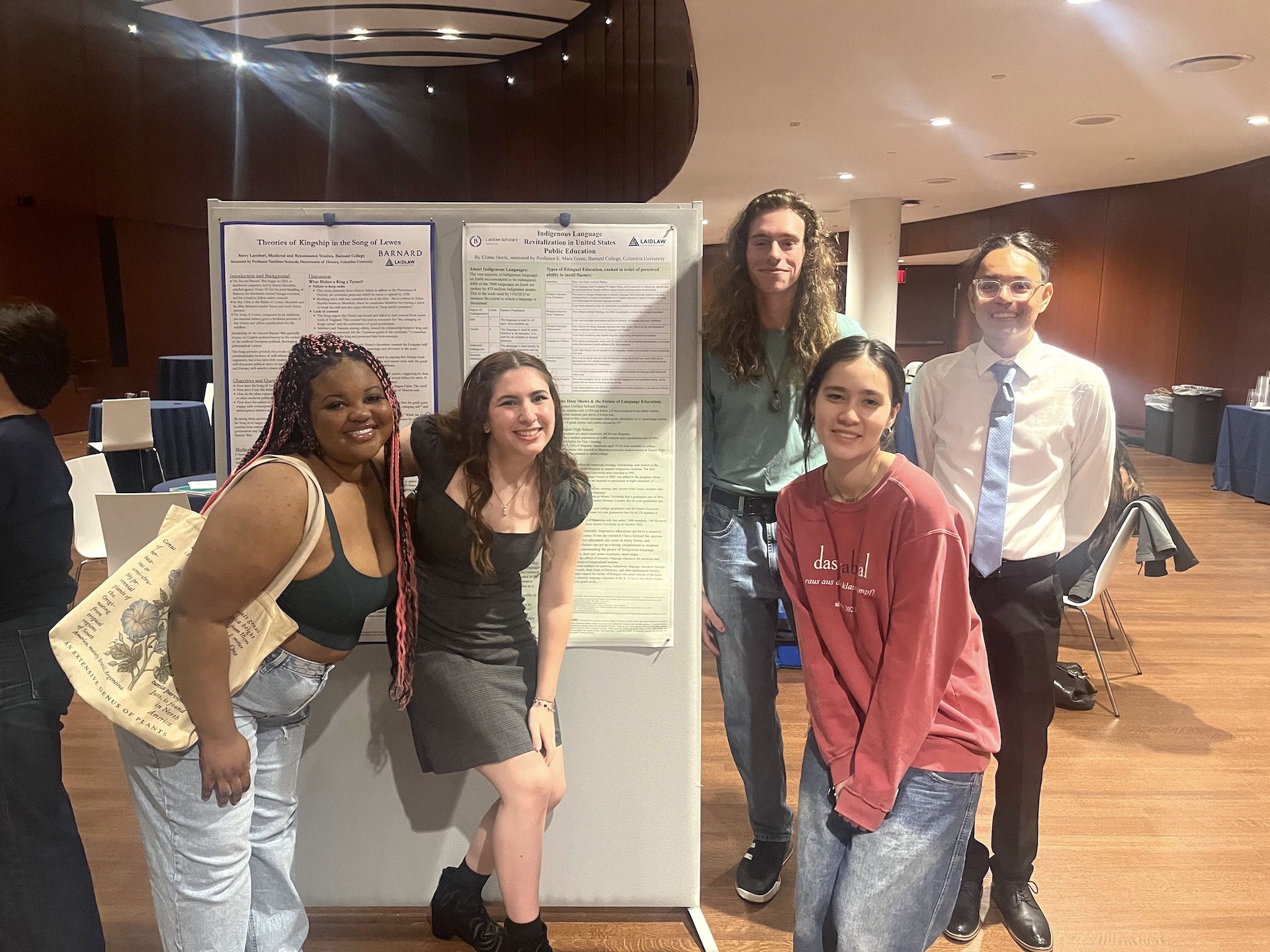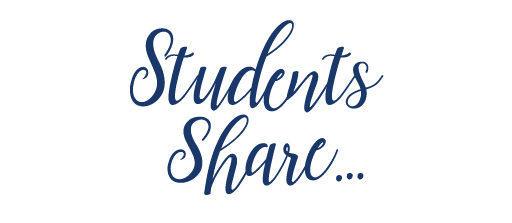I went to a large public school in the East San Francisco Bay Area, and as I progressed through high school, I became more aware that I did not know many of my classmates. This was when I realized that I could begin to form deeper relationships with members of my community by starting with the ones in my hometown near Oakland, California.
Living around an urban center of many Indigenous communities sparked my interest in the work of Vincent Medina, a local food activist and member of the Muwekma Ohlone Tribe of the East Bay. Medina spurred the revival of the Chochenyo language — part of a larger dialect continuum that spans from the San Francisco Bay to the Central Coast of California — by co-founding mak-’amham, the only Ohlone restaurant in the world. By cooking and offering food to his community, Medina created a pathway to his language.
Chochenyo’s linguistic diversity is comparable to the Romance languages spanning the Mediterranean region. Although it was spoken in the areas now known as Oakland and Berkeley, which sit on the ancestral lands of the Ohlone, much of its documentation is from when Chochenyo speakers lived around Mission San Jose in Fremont, California.
Researching Revival
It was Medina’s efforts to revive his endangered language, and the fact that the Ohlone Tribe is not federally recognized, that inspired my interest in language engineering as a scholar of the Laidlaw Scholars Leadership and Research Program at Barnard. The Laidlaw Program accelerated my research by helping me connect with my research advisor, Mara Green, assistant professor of anthropology. Courses such as Introduction to Native American Religious Traditions with Tiffany Hale in the Religion Department and Ross Perlin’s Endangered Languages in the Global City at Columbia have also informed my research by providing me with insight into non-Western faiths, philosophies, and linguistic practices.
In my project, I discuss the role of language engineering — the process of inventing new words for a preexisting language — in the context of education and academia. Many Indigenous languages may not have the vocabulary to succinctly describe present-day technical terms or academic jargon, which can be a roadblock to Indigenous language use at the secondary or tertiary level of education.
With language engineering, speakers of Indigenous languages can create new ways to describe the objects in their daily lives without importing countless loanwords. This process supports the preservation of native languages and expression, effectively preventing language extinction and the constant need to shift into English.
By deeply exploring language identities through my project, I hope to contribute to the work that Indigenous researchers and linguist-activists are doing — and help promote the healing of historical trauma and loss.
My research suggests that Indigenous language revitalization has the potential to have an incredible impact on educational outcomes. It’s especially compelling that revitalization often leads to demonstrably positive health outcomes.
While working on my research project, I came across Sterling Martin, a member of the Navajo Nation. Martin started Project ENABLE (Enriching Navajo as a Biology Language for Education), which aims to expand the scientific vocabulary for Navajo peoples. His work shows that when complex scientific terms are engineered rather than borrowed from English, biological science concepts are much easier to grasp for the nonscientists in his community. Using culturally familiar terms in academic environments, such as a high school science class on a reservation, facilitates learning, and these terms can be particularly relevant in medical or healthcare contexts.
Challenges and Looking Ahead
As I continue to collect, analyze, and broaden my research, I have faced the abstract notion of “practicality” as a challenge to Indigenous linguistic progress. I’ve found that some members of minority-language communities, school board members, lawmakers, and even some linguists hold the idea that languages with few speakers are not worth learning and that the utility of a language is determined by its speaker base.
My project will work to counter this notion, especially since this line of thinking is particularly easy to fall into for native English speakers whose lives can be navigated monolingually. The issue of “practicality” is exacerbated by the immense and persisting stigma surrounding Indigenous language and identity.
Over the course of centuries, speakers of languages other than English — especially the Indigenous languages of North America — were violently oppressed. For generations, thousands of Indigenous children were forced to attend government-mandated boarding schools where they were subject to a broad manner of abuse and punished for speaking their native languages. The assimilation model employed in the history of North American education drives my research to look closely at the role of local and state-level politics in regulating school curricula to advance oppressive agendas by way of linguistic desecration.
We live in an exciting time for Indigenous language revival, with marked turning points, both in the type of linguistic reclamation found in Indigenous communities and in the way that academia views endangered languages.






